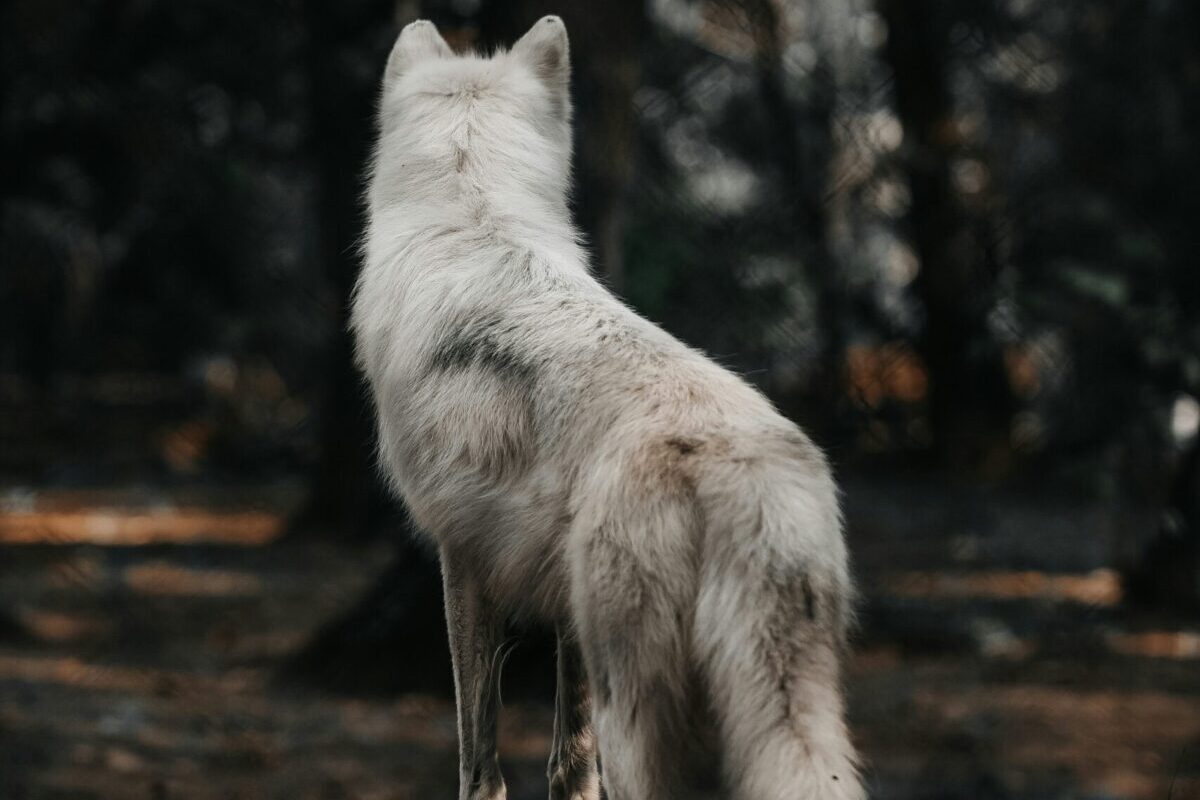
Colossal Biosciences received an upheaval of excitement as well as scientific criticism recently for ‘de-extincting’ the dire wolf, which they explain was accomplished by rewriting the genetic code of the modern gray wolf (Canis lupus) to match the genome of the dire wolf (Aenocyon dirus). This genome was extracted from two ancient samples lent by museums – a 13,000 year old tooth and a 72,000 year old ear bone – and analyzed to determine what genetic changes would be made. Scientists then extracted cells from a gray wolf and used CRISPR gene editing to make 20 edits in 14 key genes to express specific traits that match those of the dire wolf. The edited cells were used to create embryos, which were implanted into domestic dogs used as surrogate mothers to birth them into existence. However, no dire wolf DNA was actually spliced into the genome of the common gray wolf.
While the wolves do represent an incredible technological breakthrough, many independent experts say they are not truly dire wolves, but rather genetically modified gray wolves with some dire wolf characteristics – Hybrids. In an interview with BBC News, Dr. Nic Rawlence, a Paleontologist, described ancient DNA as having been put “in a 500 degree oven overnight. It comes out fragmented – like shards and dust.” 2 It is therefore too degraded and damaged to biologically copy or clone and can only be reconstructed.
There is even some dispute over whether the term Hybrid is accurate or not for these genetically modified animals. The gray wolf and the dire wolf last shared a common ancestor ~5.7 million years ago and have thousands of genetic differences distinguishing them. Critics argue that only making a handful of edits focused on physical traits like larger size and fur color doesn’t mean you’ve de-extincted a dire wolf. 3 In 2021, researchers conducted studies 4 that showed dire wolves were so genetically distinct from gray wolves that they would have been incapable of hybridizing with them, and concluded they were similar in appearance due to convergent evolution. However, Colossal Biosciences says the DNA they extracted from the ancient tooth and ear yielded more complete genomic data for the species and suggested it was the result of hybridization between two ancient, now extinct canid lineages. These findings have not yet been published in a peer-reviewed journal.
The technology used to produce these genetically modified gray wolves with dire wolf traits is certainly impressive. Across the board, many scientists agree that these are not truly de-extincted dire wolves and whether a true feat like that is possible remains yet to be seen. Furthermore, many critics argue that we should be investing more time and resources in conserving the species we have rather than attempting to resurrect extinct ones. Colossal Biosciences has said, though, that alongside their mission to restore species that once walked the world, they do also want to save existing animals from extinction and believe their genetic technologies could fortify endangered species.
Are you looking for top talent in the Specialty Chemical, Advanced Materials, or Animal Health industry?
Contact us to discuss how we can bring top leadership talent to your team. Boaz Partners is a premier executive search firm focused on the direct recruitment of executives and professionals for the specialty chemicals and animal health space. We are your partner, and our focus is on custom recruiting solutions. Follow the link to learn more about how our animal health recruiters can help you.
References
